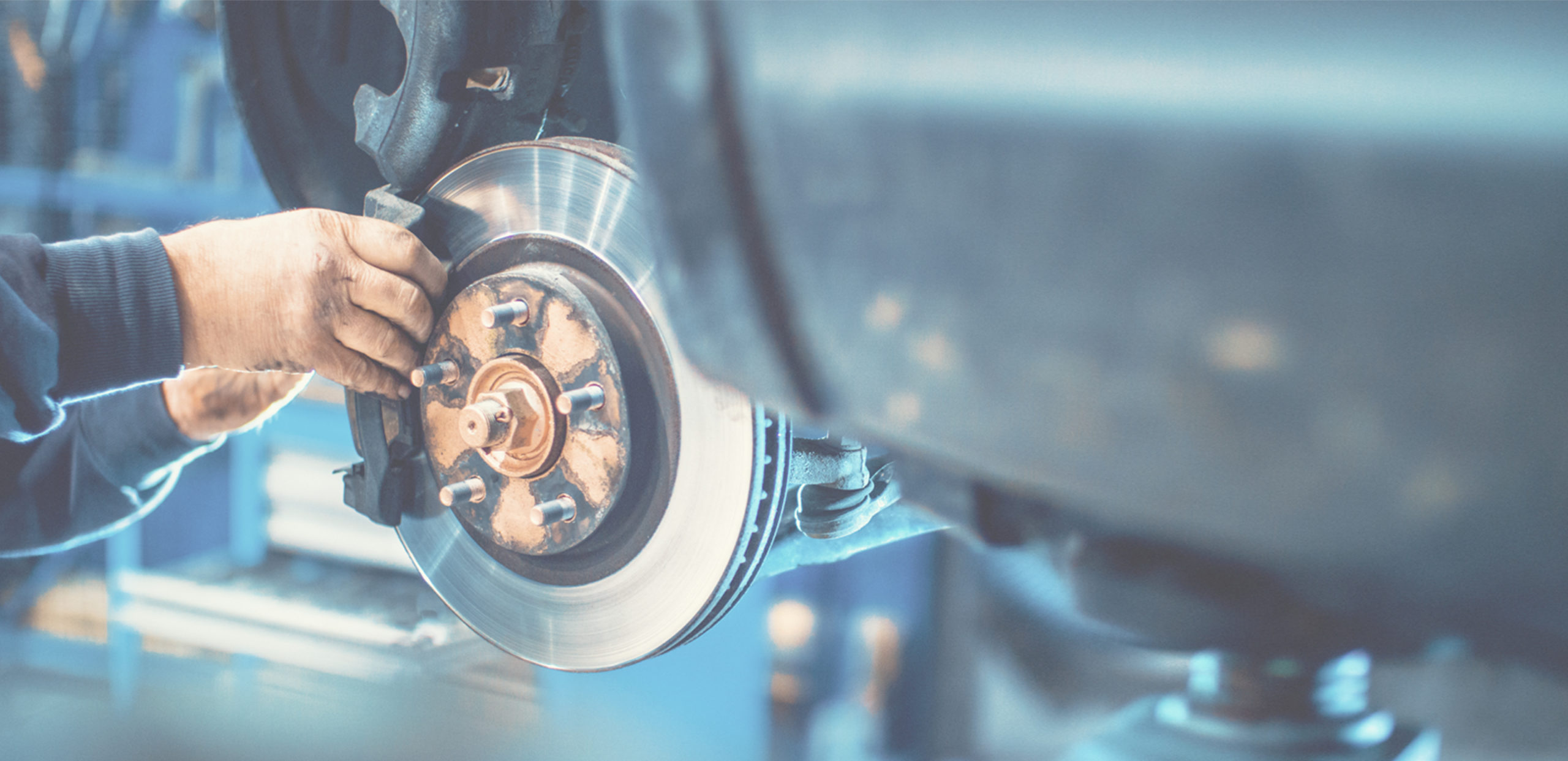Even after the COVID-19 pandemic subsides, people may eschew air travel in favor of long road trips.

A survey conducted by researchers at the University of Illinois at Chicago Translab found that 59% of people said that the use of personal vehicles poses an extremely low risk of spreading the COVID-19 virus compared to air travel, and 27% of people anticipated taking more long-distance trips by car.
If you anticipate taking a long road trip after the COVID-19 pandemic, you should make sure your car is in good working condition and anticipate any problems that may come up on the road.
You may not take a long road trip for quite a while.
However, you can learn about these 12 tips in advance so that, when you take your long road trip, you can ensure that you make it safely to your destination.
1. Check your car battery
If you have been sitting everything out during the pandemic, chances are you haven’t taken your car for a drive in a while. Take your car for a short drive to charge its battery. If you start your car only to find your battery is dead, jump-start your car with the help of a friend or a roadside service.
Pop open your hood to check on your battery. If your battery is damaged or emits a strange smell, get the battery replaced. You should also clean off any corrosion you find on the battery’s terminals.
A malfunctioning battery could be a sign of other electric problems in your vehicle. Learn more about unpredictable electric activity in cars equipped with the Totally Integrated Power Module.
2. Check your engine
Multiple problems could show up in your engine while you’re out on the road, but some can be prevented before you drive your first mile out. Open your car hood and look at your engine. Are there glazed spots or cracks on your serpentine or accessory belts? If so, you may need to get the belts replaced.
Check the ground under and around your car for any oil spots. If you see light brown or black spots on the ground, it could be a sign of oil leaks or high oil consumption.
If your Check Engine Light flashes on, use an OBD-II scanner to find the error code. Learn about the meaning of error codes on the OBD website.
3. Check your transmission
You don’t want your transmission to fail on you during a road trip. Before you hit the road, check your automatic transmission fluid. The more miles you have on your car, the more likely it is that you’ll need the transmission fluid replaced.
Make sure that your transmission is in good working condition and is not showing common transmission problems. Transmission problems may cause your vehicle to jerk or stutter. While these symptoms are often attributed to the engine, they may actually be symptoms of transmission defects. Learn more about defective transmissions.
4. Check your tires
A long stretch of road with no one in sight is the worst place to get a flat tire. Make sure your tires are properly inflated, otherwise you risk having a tire blow out. You might even want to get your tires rotated. A tire rotation ensures that your tires wear out evenly, and therefore last longer.
Even if you do get a tire rotation, it doesn’t hurt to take a spare. You should also inspect the tread on your tires. Balding tires can meet blowouts and bad traction.
5. Check your windshield wipers
Depending on when you take your road trip, you may end up driving through a rainstorm. You don’t want to rely on broken windshield wipers in that situation! Before you go on your road trip, check your windshield wipers. If they’re broken, get them replaced.
6. Check your external lights
Before you hit the road, check the condition of your external lights. This includes your headlights, your taillights, your brake lights and your blinkers. If any of these lights are broken, get them replaced before you take your road trip. You do not want to receive a ticket from highway patrol for broken or malfunctioning lights.
7. Check your air filters and A/C
Your cabin air filter helps filter out airborne materials such as dust and pollen, so that the air coming into your interior is sufficiently clean. This air filter needs to be replaced from time to time. Check with your manufacturer to see how often your car needs an air filter replacement.
You should also make sure that your air conditioning unit is in working condition. Without working A/C units, the interior of your car can reach intolerable temperatures when driving in hot climates. Malfunctioning A/C units can also indicate electrical problems in your car. If you detect a problem with your A/C unit, get it checked out by a mechanic.
8. Check all fluids
First, make sure to check the oil in your engine. If your oil is running low, add more. Look at the color of the oil. It should be brown or black. If it is any other color, take your car in for an oil change and have a technician diagnose any problems.
You will also want to top off other fluids. Make sure that you have enough windshield washer fluid and coolant. You do not want to run out of coolant, especially while driving through very hot environments.
9. Check your brakes
Make sure that your brakes are in working order before you head off onto your road trip. For instance, if you hear a screeching or squeaking noise when you hit your brakes, then you need check the brake pads.
You should also check your brake fluid. Never let it run too low. If you have very little brake fluid, make sure you get it refilled.
10. Make an emergency kit
It’s not enough to have a spare tire, tire iron and jack on hand. You just might need a more expansive emergency kit. Some good items to keep in your emergency kit include jumper cables, road flares, flashlights and screwdrivers. You should also have a cell phone, just in case you need to contact outside help.
11. Organize all of your documents
Is your driver’s license up-to-date? What about your vehicle registration? Is your car insurance current? Make sure you have all of the necessary documents. You never know when you might be pulled over by highway patrol. Alternatively, you may get into a collision with another driver. In such a case, you may need to exchange insurance information.
12. Research roadside assistance options
Even if you get all of your necessary repairs done beforehand, you may end up needing help during the trip. Research the costs of various repairs for things that could happen mid-road trip and have some “rainy day” money set aside. You may want to look into roadside assistance programs. At the very least, have a cell phone with data so that if your car breaks down, you can look up the nearest repair shop or call a tow truck.
Lemon Law Help by Knight Law Group is an automotive lemon law firm that exclusively practices in California, with offices in Los Angeles, San Francisco, Sacramento and Orange County. If you are a California resident who purchased or leased a defective vehicle from a licensed dealership in California, we may be able to help you get rid of your potential lemon and recover significant cash compensation. Model year restrictions apply: 2020–Present vehicle models only.
However, we cannot help those who reside outside of California or purchased their vehicle outside of California unless they are active duty members of the Armed Forces, nor will we be able to refer them to a lemon law firm in their states.
To learn more about the California Lemon Law and your legal rights, visit our guide on the California Lemon Law for more information.

